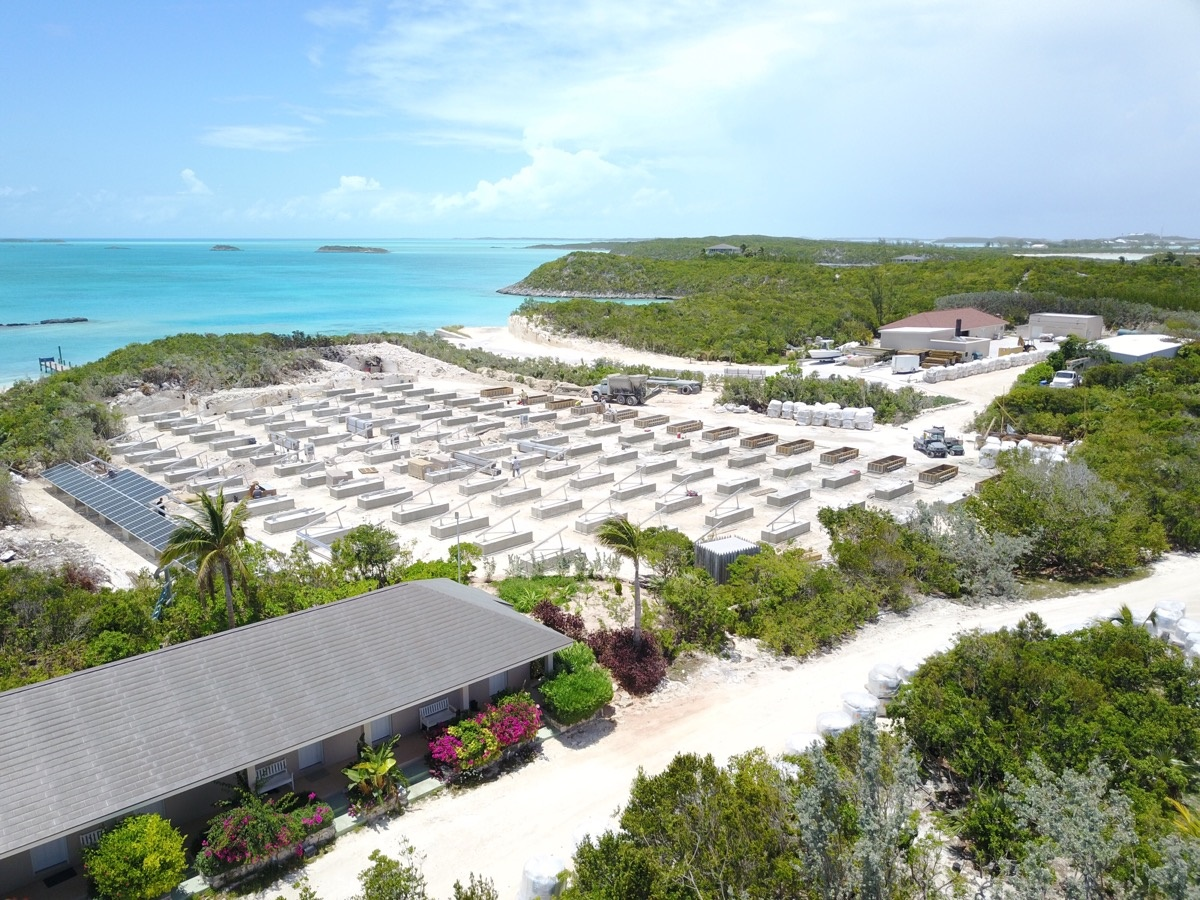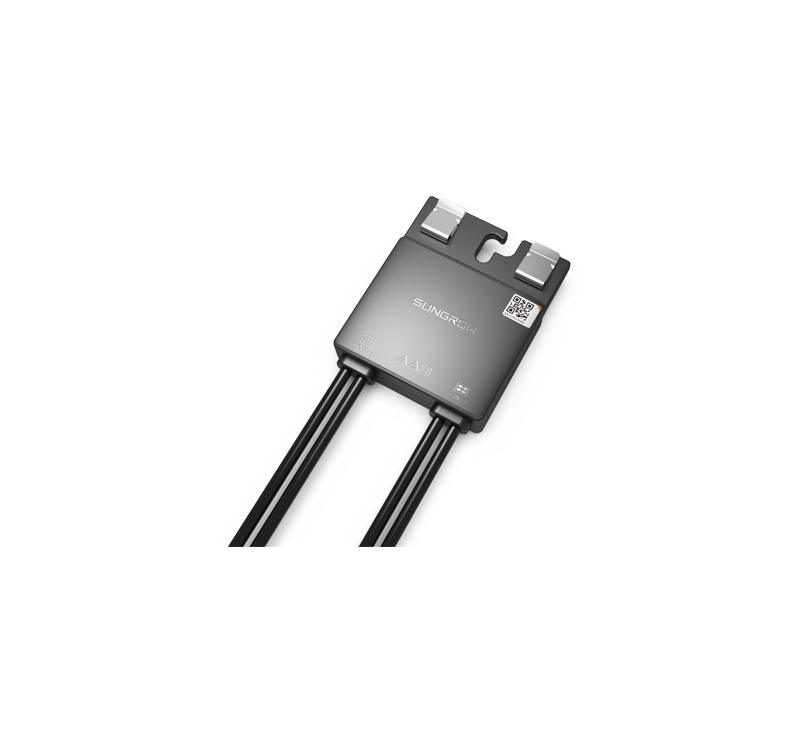Solar panels are a cornerstone of renewable energy, harnessing the sun's power to generate electricity. These sleek, sun-kissed marvels silently convert sunlight into a potent force, powering businesses with the boundless energy of the sun. However, one major challenge in this seemingly flawless technology is solar panel shade. When parts of a solar panel are shaded, it can significantly hinder the overall efficiency of the solar power generation system. In this article, we'll explore the adverse effects of solar panel shade and delve into effective solutions, with a focus on power optimizers like Sungrow's optimizer SP600S.

Adverse Effects of Solar Panel Shade
To comprehend the impact of shade effects, it's crucial to understand how a solar panel works. Solar panels transform sunlight into electrical energy using either photovoltaic (PV) cells or mirrors that focus and concentrate solar radiation.
In series connections, the current is determined by the least efficient panel, so if one panel is completely shaded and shuts down, it can bring down the performance of the entire series. This phenomenon is often referred to as the "complete shutdown of certain panels," as the shaded panel may essentially cease its electricity-generating function, impacting the overall output of the solar power system.
Solar panel shade poses significant challenges to the efficiency and performance of solar energy systems, introducing a range of adverse effects:
Reduced Energy Output: When even a small portion of a solar panel is shaded, it disrupts the entire system, leading to a notable decrease in energy production.
Lower System Efficiency: Shadows cast on solar panels diminish their overall efficiency, impacting the amount of electricity generated for consumption.
Potential System Shutdown: In interconnected solar panel setups, shading on one panel can lead to a disproportionate reduction in overall system output, potentially causing complete shutdowns.
Financial Implications: The decreased energy output directly translates to financial implications, affecting the return on investment and cost-effectiveness of solar power systems.
Environmental Impact: Reduced solar panel efficiency means less clean energy is being generated, compromising the environmental benefits associated with solar power utilization.
Causes and Common Solutions to Solar Panel Shade
Several factors can cause solar panel shade, such as nearby structures, tree branches, dust accumulation, or nearby buildings. Tackling this challenge involves a multifaceted approach:
Proper Design: Ensuring the solar photovoltaic (PV) systems are designed considering potential shade sources. Strategically plan the placement and orientation of solar panels.
Regular Maintenance: Cleaning and maintaining solar panels to prevent efficiency loss due to dust and debris.
Utilizing Smart Solar Panel Optimizers: Products like Sungrow's Optimizer SP600S are designed to mitigate the shade effect on solar panels.
Sungrow's Optimizer SP600S
Sungrow's Optimizer SP600S stands out as a prime solution. It addresses the solar panel shade effect by using its Shade-Proof technology. This technology ensures that even when parts of a solar panel are shaded, the unshaded parts continue to operate at their optimal capacity. It intelligently adjusts the performance of each panel to ensure that partial shading doesn't compromise the overall system's output. Also, it provides detailed monitoring of each panel's performance, making it easier to identify and address issues related to solar panel shade.

This maximizes the energy output of each panel – up to 30% more electricity production, thereby reducing the negative impact of shading on the overall performance of the solar power system. It has the following features other than high efficiency:
l Flexible Design and Easy Installation: Patented structure that saves up to 45% in installation time and optimizes rooftops of varying directions and inclinations. The flexible design ensures adaptability to diverse architectural landscapes. This adaptability is crucial for maximizing solar exposure, ultimately enhancing energy production. It is a key factor in promoting the widespread adoption of solar energy, making it more accessible and feasible for a broader range of installations.
l Safe and Reliable: The inclusion of a rapid shutdown mechanism to 30V within 20 seconds ensures a swift response to emergency situations, reducing the risk of electrical hazards. The IP68 protection guarantees the equipment's resilience against dust and water ingress, ensuring durability and longevity even in challenging environmental conditions. Furthermore, the C5 anti-corrosion feature enhances the reliability of the system, safeguarding it against the corrosive effects of harsh weather conditions.
l Delicate Operation & Maintenance (O&M): Efficient operation and maintenance are vital for the sustained performance of any solar power system. This solution stands out by offering rapid data refresh in just 10 seconds, providing real-time insights into the system's performance. The inclusion of module-level IV scanning and diagnosis is a game-changer in pinpointing issues with individual panels, allowing for targeted maintenance and swift issue resolution. This level of precision in O&M enhances the overall reliability of the system, minimizing downtime and optimizing energy production.
Conclusion
Sungrow, a renowned player in the renewable energy sector, offers a solution to the persistent problem of solar panel shade through their Optimizer SP600S. This product exemplifies their commitment to innovation and efficiency in solar energy generation. The Optimizer SP600S is not just a remedy for the shade effect but a leap towards optimizing the performance of solar power systems, making Sungrow a wise choice for those seeking reliable and advanced solar energy solutions.